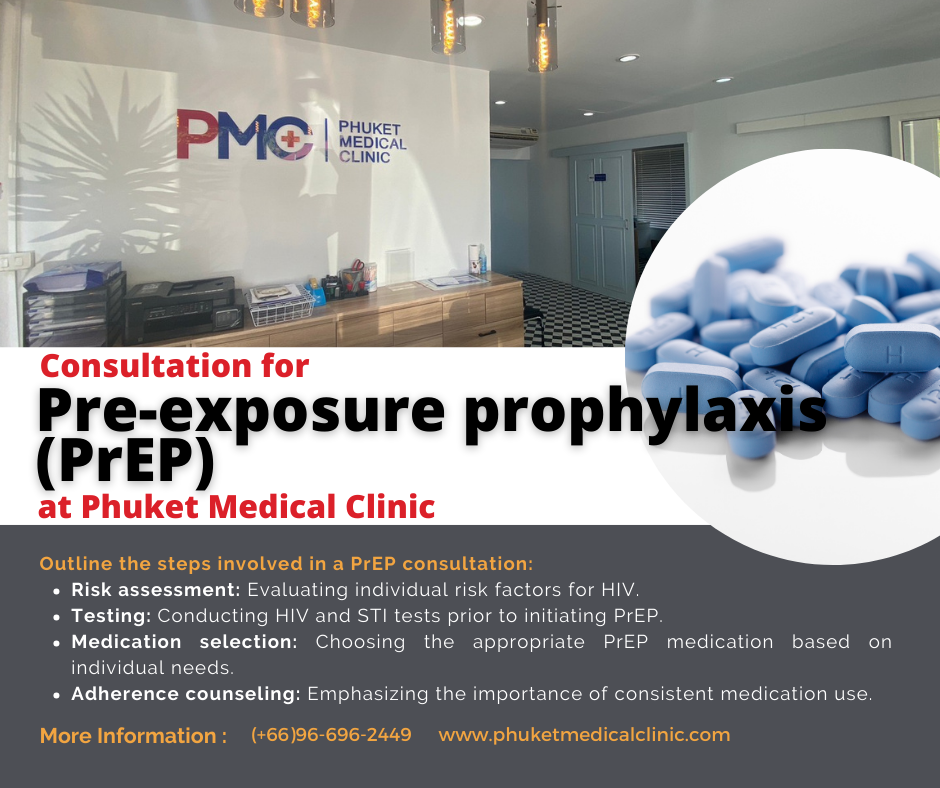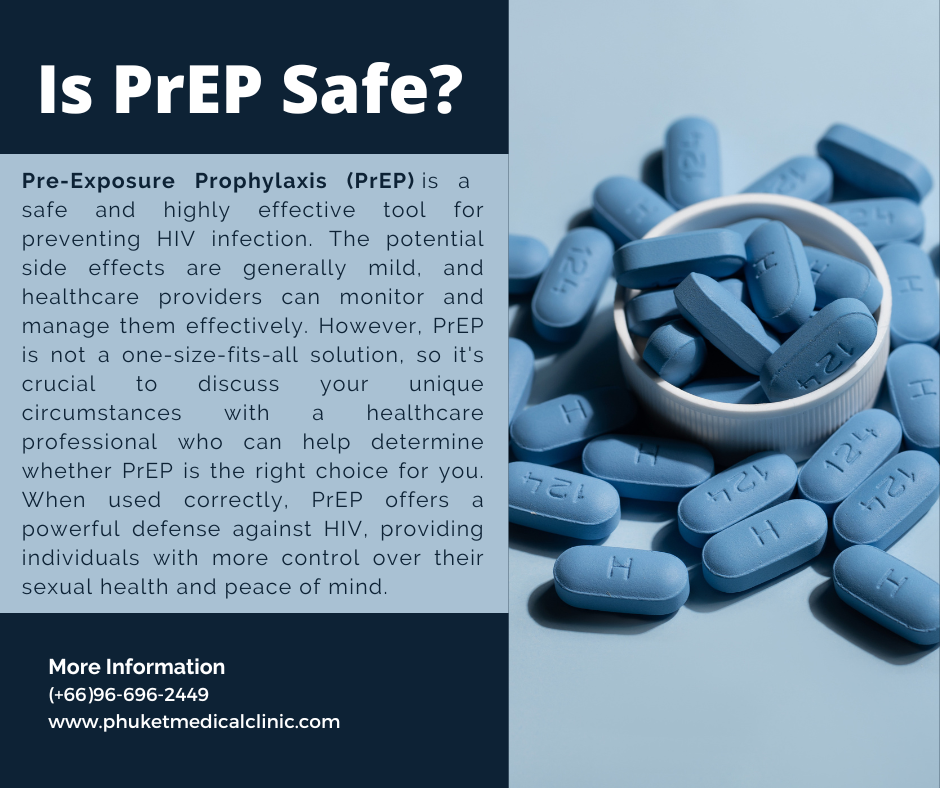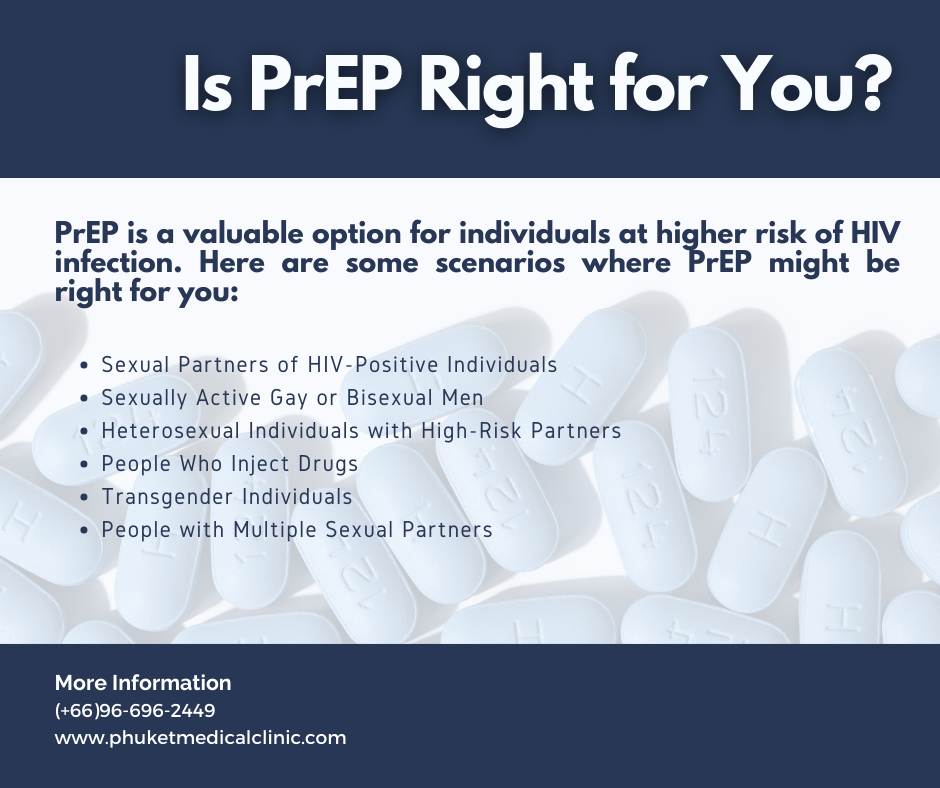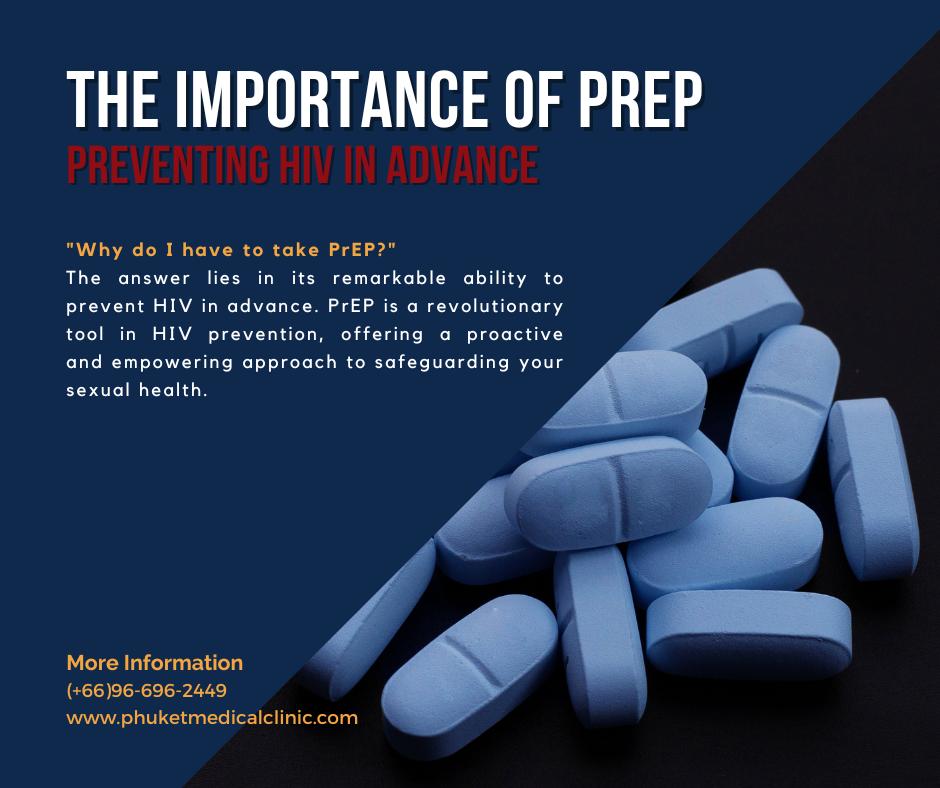In recent years, the landscape of HIV prevention has seen significant advancements, with Pre-Exposure Prophylaxis (PrEP) emerging as a powerful tool in the fight against the spread of the virus. This comprehensive consultation guide aims to provide a thorough understanding of PrEP, its benefits, considerations, and key insights for individuals considering this groundbreaking preventive measure.
How Do You Get PrEP
Pre-exposure prophylaxis, or PrEP, is a powerful tool in the fight against HIV. It’s a medication that, when taken as prescribed, can significantly reduce the risk of HIV transmission. But how do you get PrEP, and what steps do you need to follow? In this article, we’ll walk you through the process, from understanding the basics to obtaining a prescription and finding affordable options.
Is PrEP Safe?
In the world of HIV prevention, Pre-Exposure Prophylaxis (PrEP) has gained significant attention and popularity. However, many individuals considering PrEP may have concerns about its safety. This article aims to provide a comprehensive guide to answer the question: Is PrEP safe? We’ll explore what PrEP is, its effectiveness, potential side effects, and essential safety considerations.
Is PrEP Right for You?
PrEP is a valuable option for individuals at higher risk of HIV infection. Here are some scenarios where PrEP might be right for you:
Sexual Partners of HIV-Positive Individuals: If you have a sexual partner who is HIV-positive or engages in risky sexual behaviors, PrEP can be a crucial safeguard for you.
Sexually Active Gay or Bisexual Men: Studies have shown that gay and bisexual men face a higher risk of HIV transmission. PrEP can be a valuable tool in reducing this risk.
The Importance of PrEP: Preventing HIV in Advance
In the world of HIV prevention, there has been significant progress over the years. One of the most groundbreaking developments in this field is Pre-Exposure Prophylaxis, commonly known as PrEP. If you’ve ever wondered, “Why do I have to take PrEP?” this article is here to provide you with comprehensive answers. PrEP is a powerful tool that offers a proactive approach to reducing the risk of HIV infection. Let’s explore the importance of PrEP in preventing HIV in advance.
PrEP and PEP for HIV Infection: Understanding the Key Differences
In the fight against HIV/AIDS, prevention is paramount. Pre-Exposure Prophylaxis (PrEP) and Post-Exposure Prophylaxis (PEP) are two essential strategies that have emerged as powerful tools in reducing the risk of HIV infection. While they share a similar goal, PrEP and PEP are distinct in their approach, administration, and timing. In this article, we will explore these two preventive measures, shedding light on their differences and highlighting their significance in the battle against HIV.
Disadvantages of PEP and PrEP in HIV Prevention
In the ongoing battle against HIV, medical advancements have introduced powerful tools like Post-Exposure Prophylaxis (PEP) and Pre-Exposure Prophylaxis (PrEP) to reduce the risk of HIV transmission. These medications have undoubtedly played a significant role in HIV prevention. However, it is essential to acknowledge that, like any medical intervention, PEP and PrEP come with their share of disadvantages and limitations. In this article, we will explore some of the key disadvantages associated with both PEP and PrEP.







